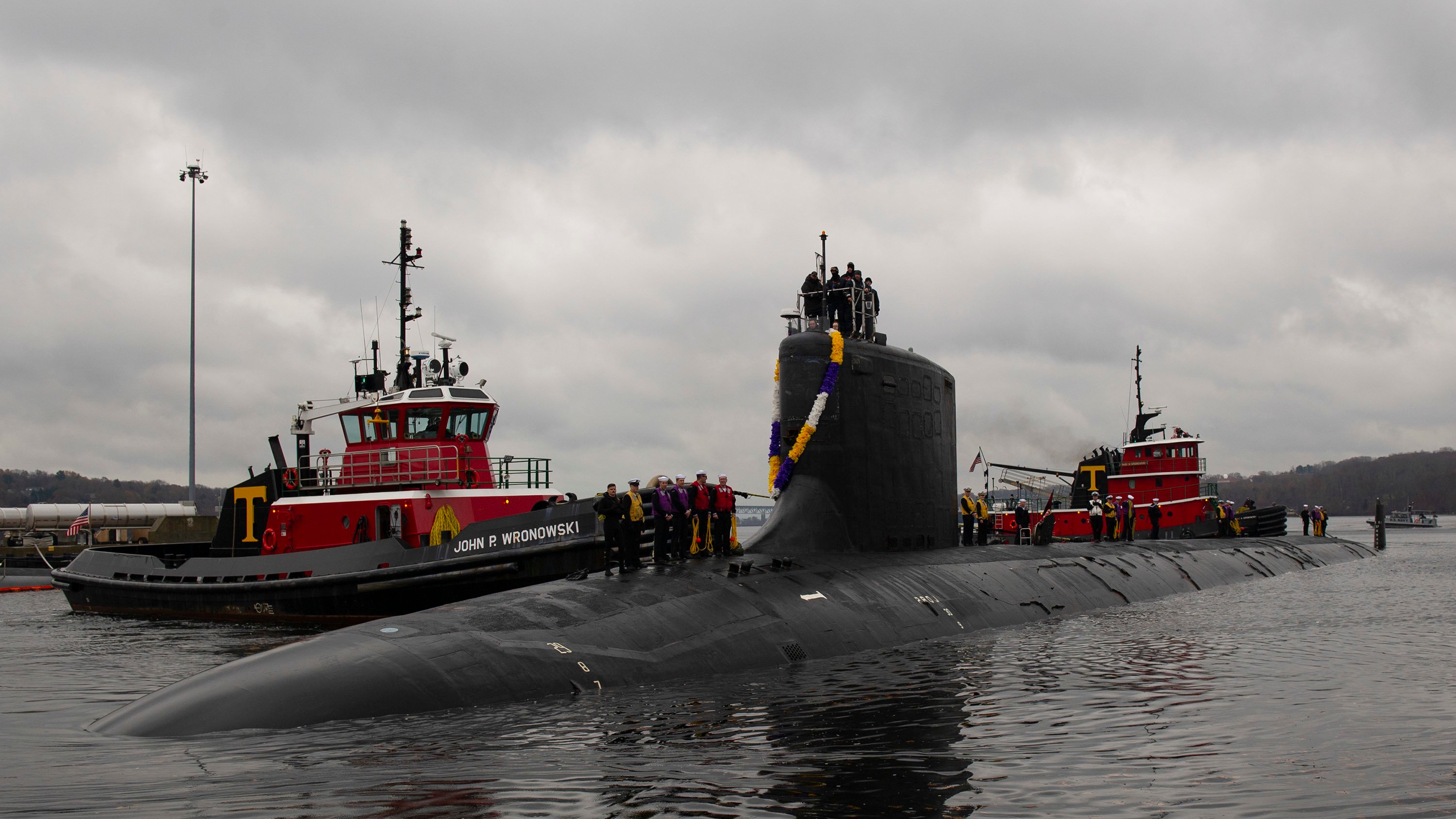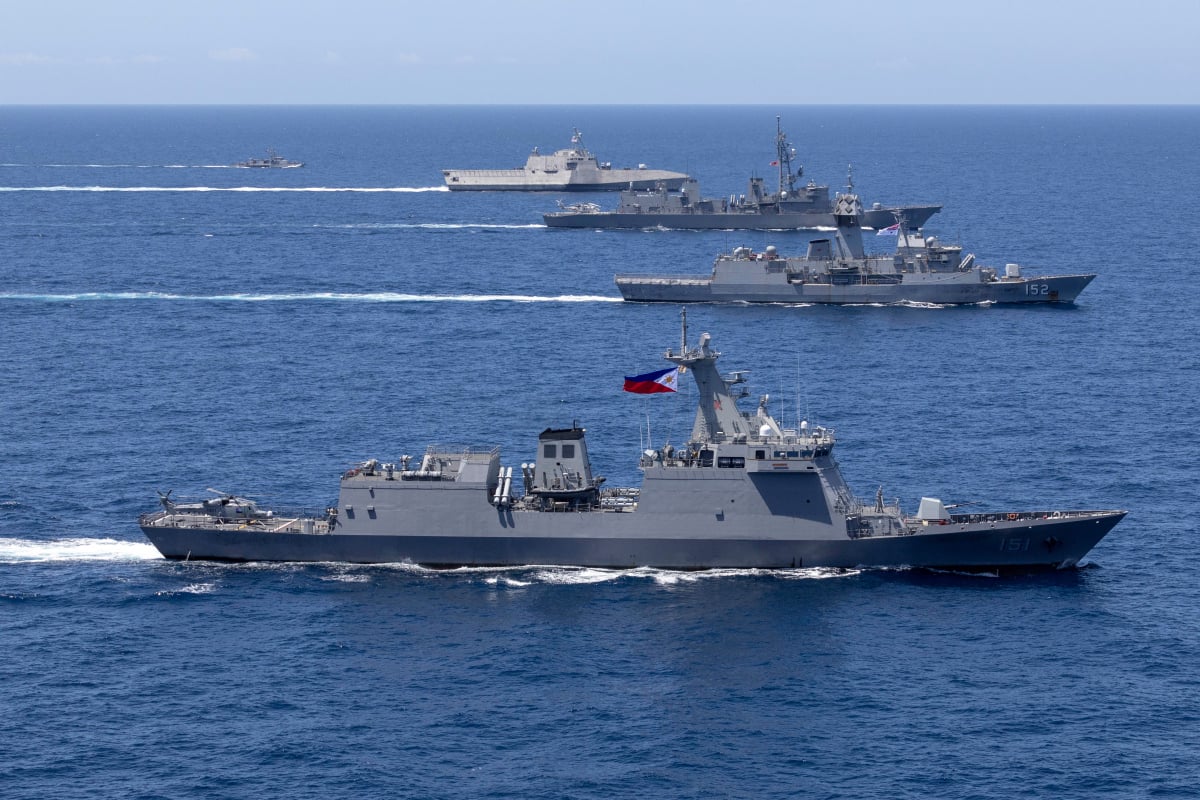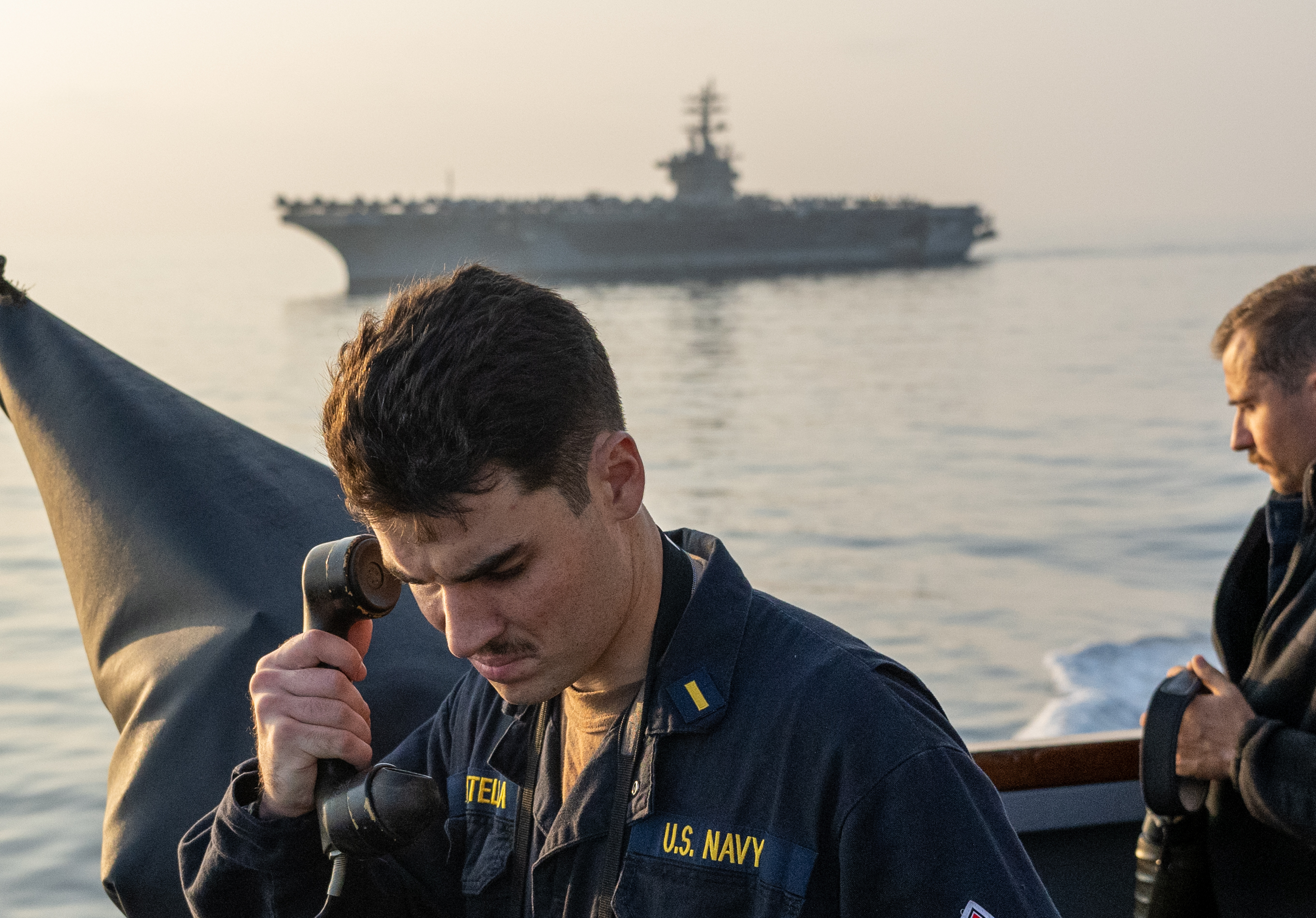
WASHINGTON, D.C. – The 1960s Polaris Sales Agreement between the United States and the United Kingdom that paved the way for commonality between the two countries’ ballistic missile submarines could serve as a successful model for the AUKUS pact, the Pentagon’s acquisition chief said today.
Bill LaPlante described the Polaris Sales Agreement model as “nirvana” for the deal between the U.K., the U.S., and Australia to share nuclear propulsion technology.
“Since then, the missile compartments of the SSBNs – the U.K. and the U.S. – are identical. They are identical. When you walk into one on a Vanguard-class submarine, you’re walking into a trident missile compartment. The data – with the exception of perhaps very sensitive part of the physics package – everything else is shared,” LaPlante said Tuesday at a Maritime Security Dialogue, co-hosted by the Center for Strategic and International Studies and the U.S. Naval Institute.
“That is a model of what we have to do, I believe, in AUKUS,” he continued. “And it’s got to be set up at that level. And I think that we have the political will to do it.”
The 1963 treaty ultimately enabled the U.S. to sell the U.K. the Polaris missile for its ballistic missile submarines, satisfying a laundry list of American regulatory and security requirements to keep the technology safe and secure.
“At a macro level, the risk equation has changed, where the risk had been largely – and the system was built around a risk of technology exploitation by an adversary – high risk of that,” LaPlante said of intelligence and technology sharing with allies and partners.
“We want to make sure we mitigate against that. Well you have that risk, but now we also have the operational imperative of what we’re facing in [the] Indo-Pacific. And we have to just get over it with close allies and partners like U.K. and Australia.”
The U.S. is trying to build both the Columbia-class ballistic missile submarines and the Virginia-class boats at the same time, while eventually selling several Virginia boats to the Royal Australian Navy.
Domestically, the U.S. has its own industrial base considerations to support AUKUS. At the moment, HII’s Newport News Shipbuilding and General Dynamics are building about 1.2 Virginia boats a year, with the overall program being hundreds of months behind schedule, according to a Navy summary of delays reviewed by USNI News. Former Chief of Naval Operations Adm. Mike Gilday has said industry needs to build more than two boats per year for the U.S. to sell attack subs to the Australians.
LaPlante recalled the 1990s, another time when the U.S. was trying to build two submarines per year.
“You look at that and then you fast forward to where we are today and it’s like, ‘oh my gosh, be careful, the puppy has caught the truck,’ or the submarine, depending on how you want to say it. Because you have Columbia class, you’d like to be able to do 2 Virginia class per year, even though we’re doing about 1.2. We’ve got to fix that. I would add on top of that, Virginia payload module because that’s actually almost a different submarine,” LaPlante said.
“And then I haven’t even put my last finger up, which would be anything with AUKUS – all at the same time. And you compare that to where we were in the 1990s. I mean, if someone were to announce that at a sub tech symposium in 1995, people would have been partying. They would have been thrilled. And then they would have said, ‘oh my god how are we going to do it?’”
Last week, USNI News spoke with the heads of the Royal Australian Navy and the U.K. Royal Navy on the next steps for their AUKUS roles.
For Australia, the largest, long-term challenge is to establish the workforce to handle the nuclear reactor for the boats planned for the RAN, Vice Adm. Mark Hammond told USNI News at the sidelines of the International Seapower Symposium in Newport, R.I.
“My biggest challenge is probably the workforce to enable this to transform from completely conventional submarine force to nuclear power … which needs to be a bit bigger than what we’ve got,” Hammond said.
For the military component, the Australians have started sending their sailors to nuclear power school in the U.S. to match their experience operating the reactors to their existing knowledge of operating attack submarines.
“The professional journey that we’re on is about lifting our skills around nuclear power. The rest of the submarine piece we’re pretty much good on. You can put a bunch of Australians in the front half of Virginia-class submarines tomorrow, give him a couple of weeks and I reckon they can dive it, fight it, surface it very effectively,” he said.
“The big lift is making sure that we can manage and steward the nuclear ocean piece you can’t fake that you’ve got to earn the trust [from your partners].”
In the shorter term, the Australians are preparing their submarine base in Perth to host U.S. and U.K. nuclear attack boats, U.K. Royal Navy’s First Sea Lord Adm. Ben Key told USNI News last week at ISS.
“We’re very focused on setting up and delivering contributions in phase one, which is long-term for deployment of UK SSNs into the region later in the decade,” he said.
Key recalled the U.K.’s experiences establishing the agreements with the U.S. to share nuclear propulsion technology as a complex interaction.
“This is going to be super challenging. The last time that the U.S. agreed to transfer nuclear submarine propulsion technology was in 1958 and that was to us. They haven’t done it since,” Key said.
“It took us a number of years to go through that process, and the regulatory environment and the like has advanced considerably in that period. So understanding how it is that we create a, an ability for Australia to exercise full and comprehensive nuclear stewardship in the way that we seek to the way that the U.S. seems to is a really important part of this journey.”





